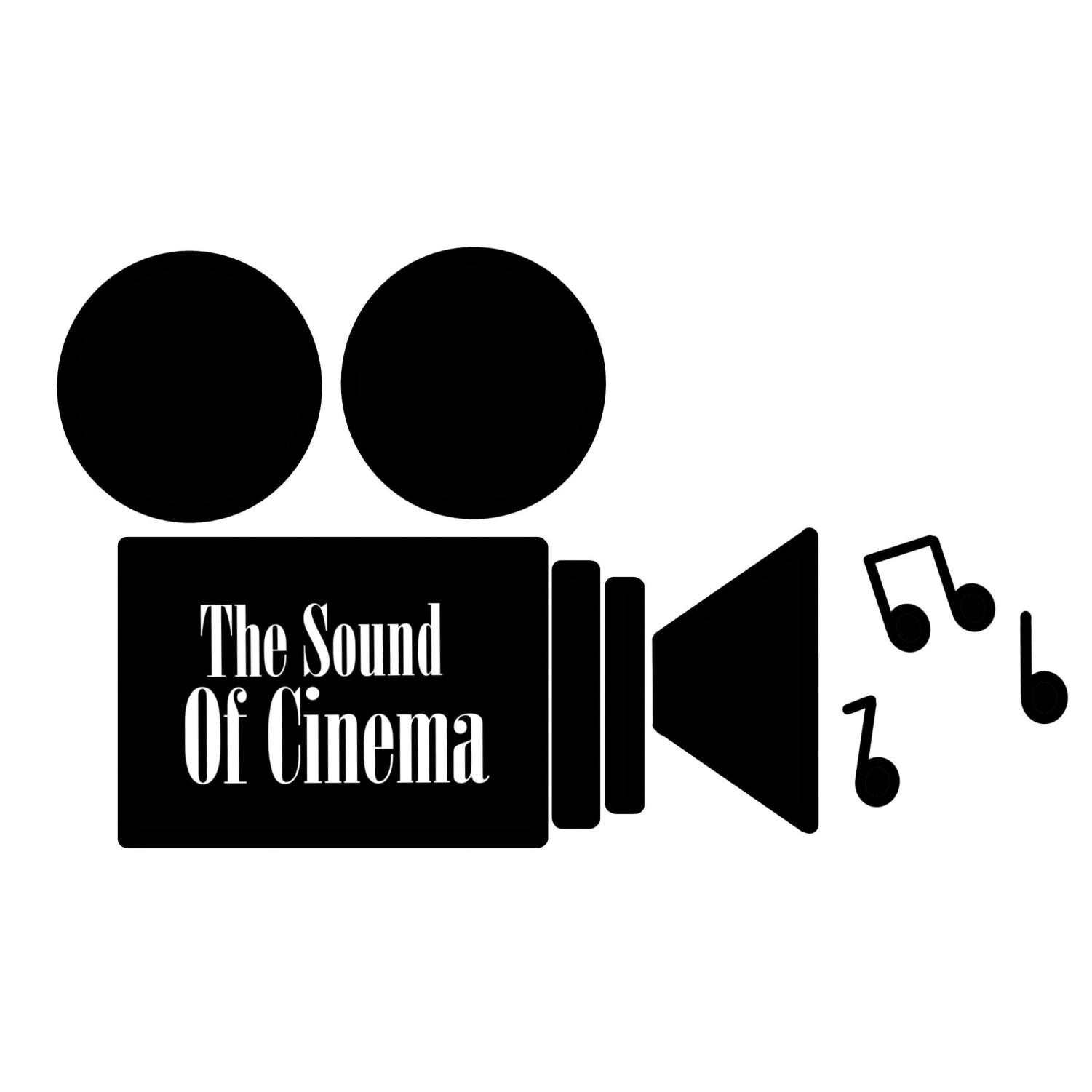The Sound of the Cinema | Motifs: What are they and what do they do?


Last October, one of my friends introduced me and a few others to the 2018 horror series “The Haunting of Hill House.” With Halloween coming up again soon, we’ve been debating whether to rewatch the 10-episode thriller. One of my friends mentioned that this would be his fourth time watching the show. We began chatting about how if we watch the show again, we’ll pay more attention to how the Newton Brothers’ composing elevates the show’s intensity and mood.
During that conversation, it struck me how unnoticeable music can be. We often don’t pay attention to it, and yet it adds so much to the shows and films we enjoy. We tend to recognize and pay more attention to the music when we finally submit to our craving and watch the show or film again. It’s here, in this rewatch, that we start to notice musical motifs.
In film, a musical motif is a series of notes that represent something. Importantly, a motif is repeated throughout a film. A motif can represent anything — a character, an object, a place or even a relationship. Character themes are great examples of motifs. For example, take Amazon Prime’s show “The Lord of the Rings: The Rings of Power,” with music by Bear McCreary. The show moves between different characters and peoples — elves, dwarves, men, harfoots and orcs. McCreary uses different themes repeatedly over the course of the show to differentiate between these peoples. Sometimes when different characters or peoples interact, McCreary combines these motifs.
A notable example of this is McCreary’s themes for the elf Galadriel and the people of Númenor. McCreary combines these two themes in the cue “Cavalry,” which takes place during the battle of the Southlands. In the cue, Númenor’s theme blares royally with horns overtop heavy percussion. McCreary utilizes Galadriel’s theme in almost every episode of the show, setting up expectations to hear it when she enters the battle. Sure enough, Galadriel’s theme quickly follows in the horn section as she strides forward on her horse. The two themes intertwine creatively as Galadriel fights alongside the men of Númenor.
A film with a great example of a motif representing a relationship between two characters is the 2016 musical “La La Land,” which contains music by Justin Hurwitz. The film follows the lives of Mia, an actress trying to make her big break in L.A., and Sebastian, a jazz pianist with a dream of opening his own jazz club. Their lives slowly intertwine, and they soon create a beautiful romantic relationship. The main theme in the film, “Mia and Sebastian’s Theme,” comes back repeatedly as their relationship grows and changes. Hurwitz’s cue “City of Stars” acts as a secondary love theme and also comes back repeatedly.
The two cues are played constantly throughout the film but in subtle ways. Hurwitz’s score combines orchestra and jazz, jazz being a large part of the film. These two themes come back multiple times in jazz renditions that play in the background of scenes, not just in the main musical numbers. Hurwitz’s cues “Mia Hates Jazz” and “Boise” are two examples of jazz versions of “City of Stars.”
Hurwitz’s continuous use of the cues, even if unnoticeable to a first-time viewer of the film, builds a subconscious connection between the two characters. It’s this connection that makes the ending of the film so powerful. In the final musical cue of the film, “Epilogue,” we see how Mia and Sebastian’s life could have been if they’d stayed together. The cue is an amalgamation of every musical cue in the film, including “Mia and Sebastian’s Theme” and “City of Stars.” As we see their alternative path laid out, these motifs come to their full fruition and deliver upon the classical Hollywood ending we’re desperate to see. The building of these motifs throughout the film makes the ending so much sadder.
Both “The Lord of the Rings: The Rings of Power” and “La La Land” show how the construction of motifs can help create associations with and between characters. Motifs can have a powerful effect on films and can even hint at characters without them being visible on screen. John Williams’ scores for the “Star Wars” films do this extremely well. Motifs allow composers to tell the narrative story within the music. With Hurwitz’s score as an example, composers can use those motifs and alter and adjust them to align with the narrative conveyed on-screen.
Next time you watch a film or rewatch your favorite show, I encourage you to pay attention to what the composer does with motifs. How do motifs change with the narrative? Do some motifs combine at certain points? Motifs are a technique that composers use to tell a film’s story with music along with other elements like rhythm and timbre. You might not notice them on your first watch, but their power is certainly there and impacting your viewing experience.
Alec Cassidy is a film production and music composition double major who writes about film scores. You can reach them at alc362@pitt.edu.
Recent Posts
Marquan Pope: The ultimate shark
One of the most remarkable things about sharks is that an injury doesn’t deter them.…
Who Asked? // Do we really get a summer vacation?
This installment of Who Asked? by staff writer Brynn Murawski mourns the seemingly impossible perfect…
Notes From an Average Girl // Notes from my junior year
In this edition of Notes From an Average Girl, senior staff writer Madeline Milchman reflects…
Meaning at the Movies // The Power of the Movie Theater
In this edition of “Meaning at the Movies,” staff writer Lauren Deaton discusses her love…
EMBRACE sponsors Black Maternal Health Wellness week
Because Black women’s maternal health is not institutionally prioritized, Pitt’s EMBRACE sponsored a Black Maternal…
Local ‘Standing Wave’ coffee truck energizes the Pitt food scene
The small business coffee truck “Standing Wave” has become a beloved new coffee spot on…



